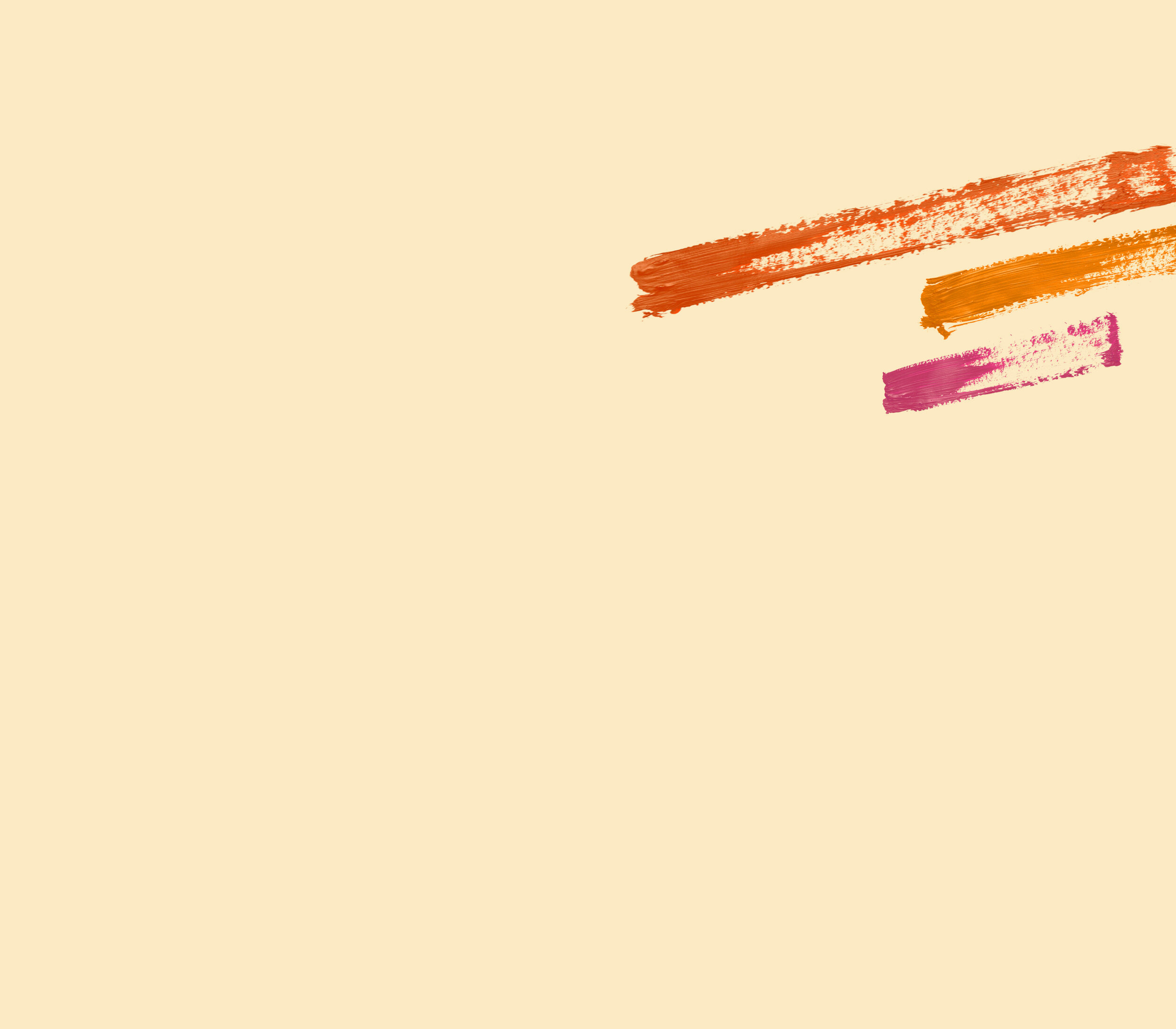
Why Creative Arts in Therapy?
Research demonstrates that Creative Arts in Therapy can help clients of any age overcome a wide range of challenges, including (but not limited to): trauma, life transitions, anxiety, depression, anger, body image, grief and loss, relationship issues, sexuality, family conflict, parenting issues, academic or work stress, self-identity, aging, medical or health issues, and much more.
Our therapists are master’s level mental health clinicians with specialized training in the creative process, art-making, and visual communication, or dance-movement, or musical communication. Additionally, PhATA Art Therapists are Board Certified and licensed in PA. To maintain these professional credentials, PhATA therapists constantly attend continuing education courses to stay up to date on cutting edge and evidence-based practices.
The acts of making art, or music, or movement is inherently therapeutic, but Creative Arts Therapy occurs within a healthy therapeutic relationship, which we view as sacred. Creative Art Therapies’ training integrates art making, visual communication, discussion, psychological coping skills, professional ethics, and compassionate care into one powerful approach to the healing relationship.
The top 8 benefits to working with an Art Therapist:
INCREASED ENERGY: During and after people make art, they often report a surge of vitality.
RELAXATION OF STRESS: Losing oneself in the art-making process can be a temporary and welcome break from reality and stress.
CATHARSIS: Making art releases energy that builds when you carry emotion or stress. Getting feelings out in a safe place is a relief, and artwork provides a safe structure in which to express them.
VISUAL COMMUNICATION ENHANCES CONVERSATIONAL THERAPY: Art making awakens the creative- spatial hemisphere of the brain, helping you discover new perspectives on previously entrapped thoughts, feelings and patterns of coping and relating. Sometimes you create art to communicate what’s going on. Sometimes the Art Therapist creates a visual image to help teach a cognitive behavioral concept or coping skill.
ANYONE CAN DO IT: You don’t need to be an artist to benefit from Art Therapy. Self-proclaimed non-artists usually benefit from Art Therapy as much or more than the proficient artist; you just need a willingness to try. Your Art Therapist will help you find materials that work best for you.
EMOTIONAL DISTANCE AND OBJECTIVITY: You’ll create art and set it a few feet away from you and the Art Therapist to discuss, as if it is a helpful third party in the Art Therapy room with you. You can talk about the artwork as if “this challenge isn’t inside me; it’s over there”. Temporarily distancing from challenging issues and feelings allows you to see them with new eyes without becoming overwhelmed.
PERMANENCE: An art product is a snapshot of how you think or feel at the moment of its creation. Your Art Therapist can save the piece as a reminder from one session to the next. It’s powerful to compare an earlier image with a new one to stimulate exploration or review progress.
CLARIFYING COMPLEXITY & CONCRETIZING THE ABSTRACT: In artwork, complex or opposite feelings can share space on a page. You can concretely see their relationship, rearrange things, and gain power over the issue. Once you see it so clearly, it’s possible to plan your next coping steps.


